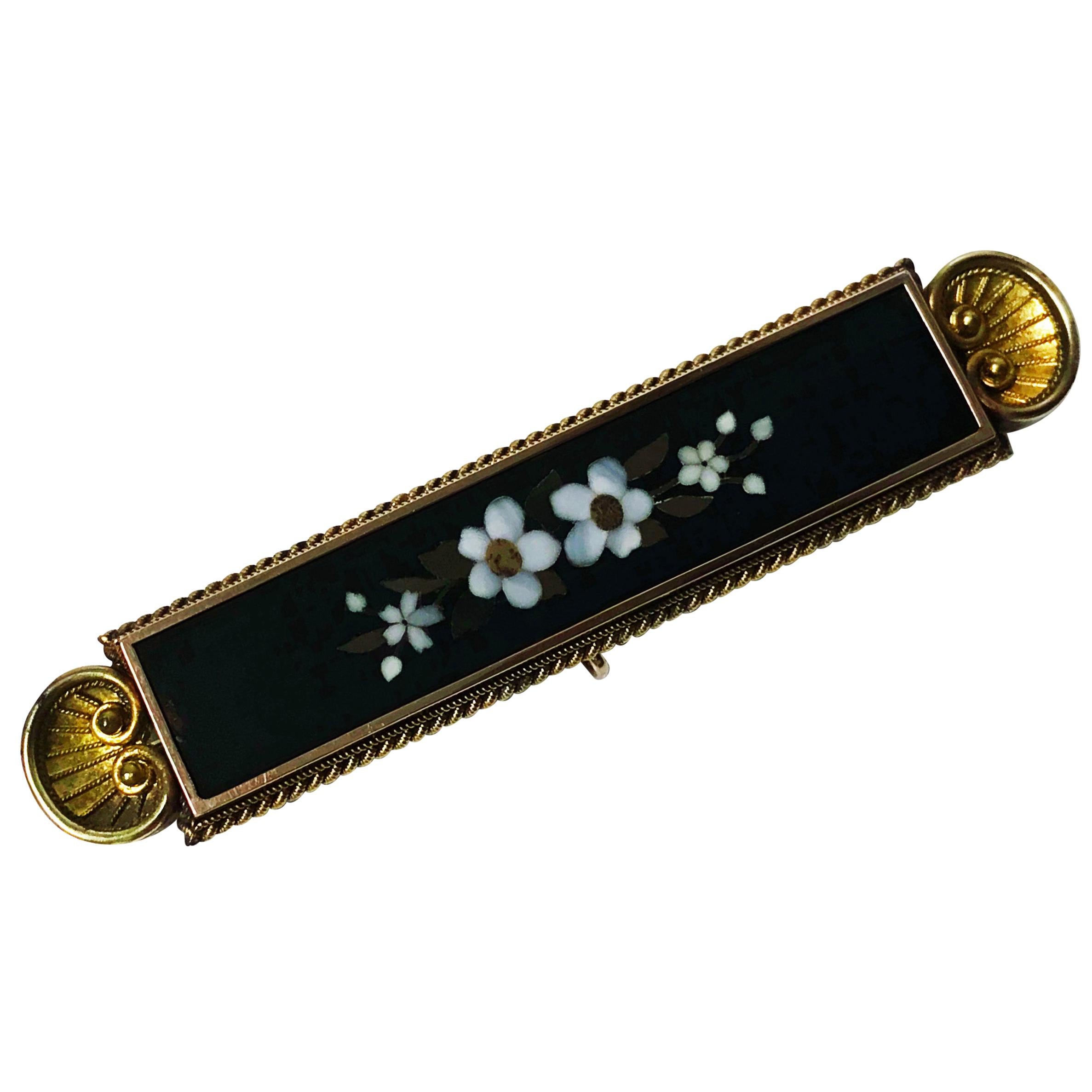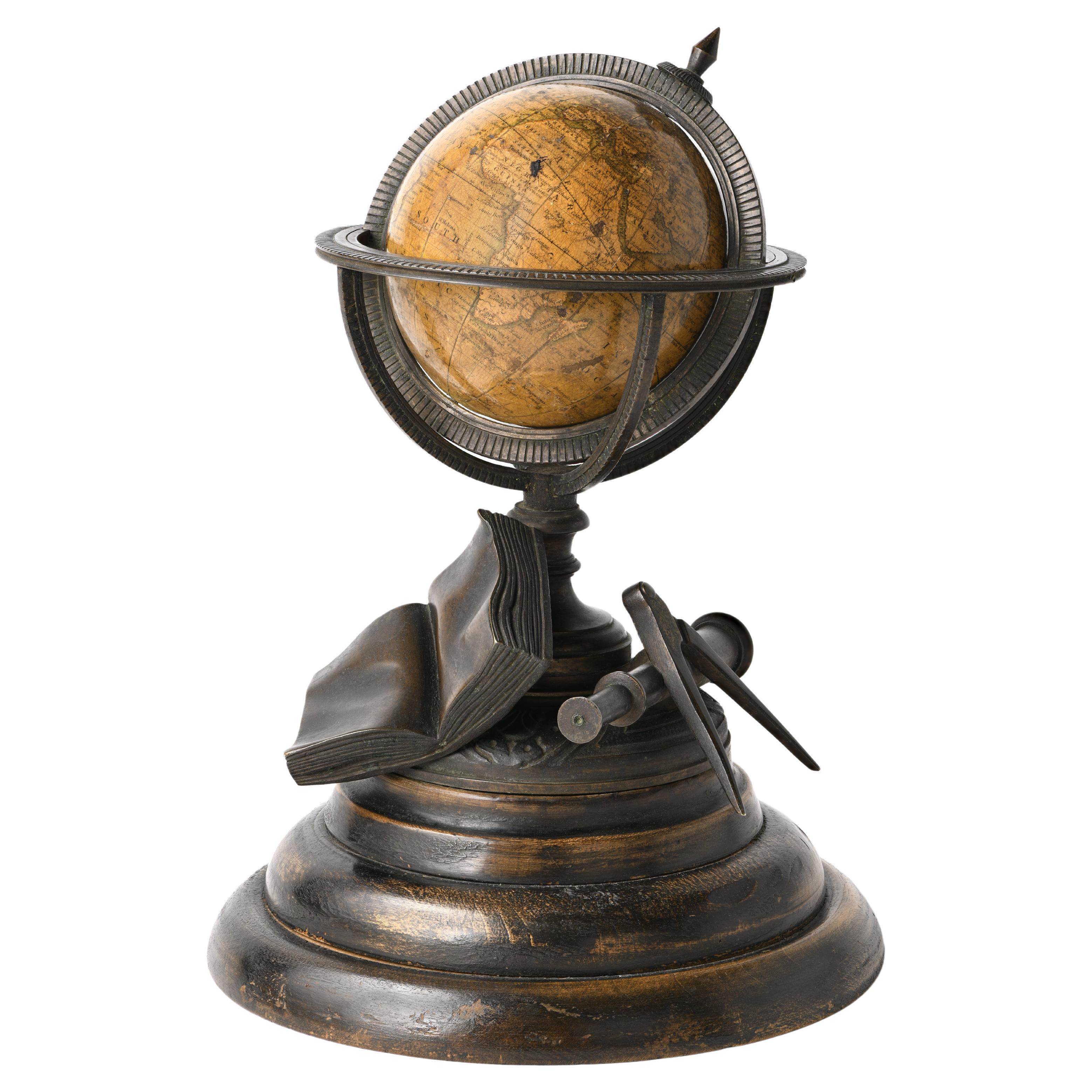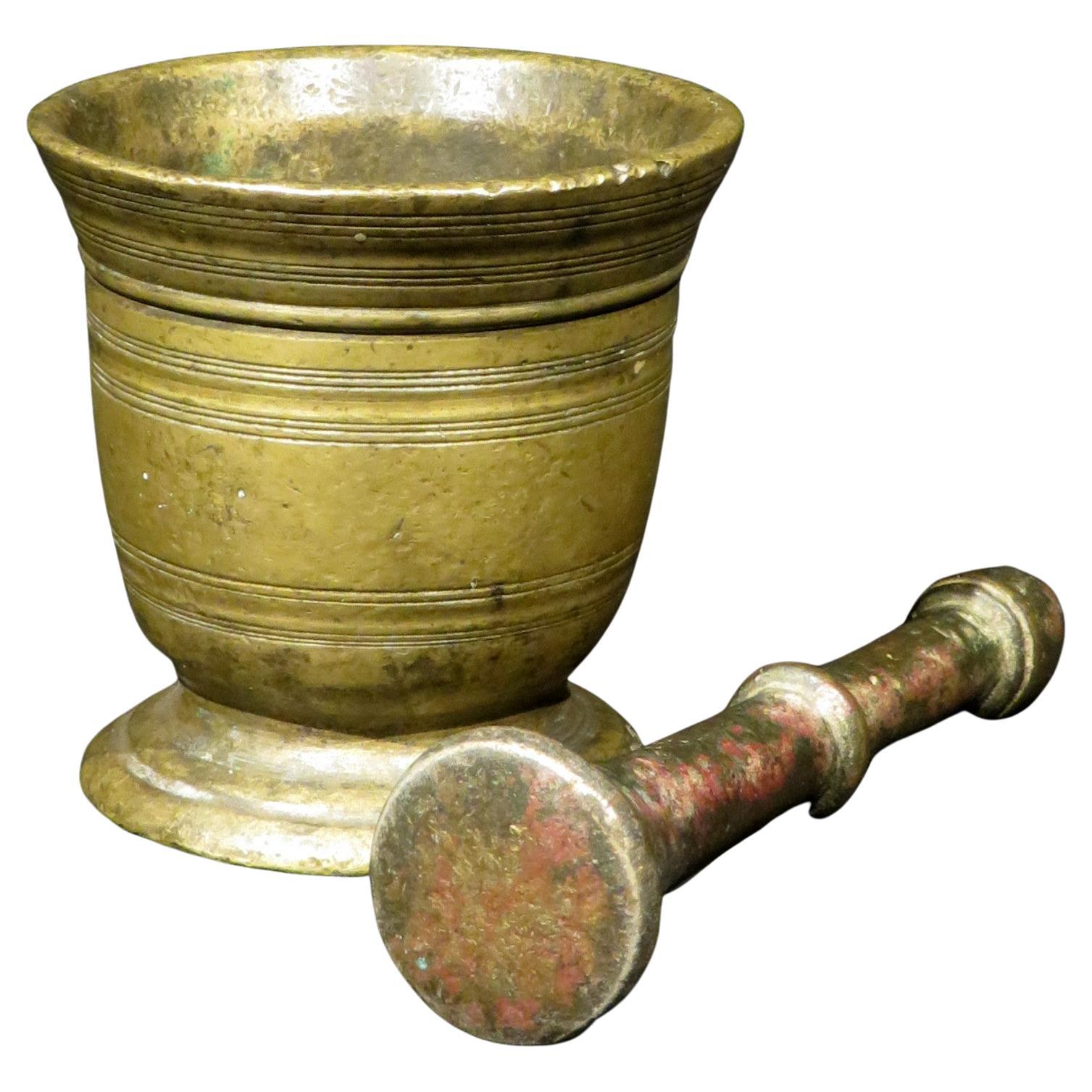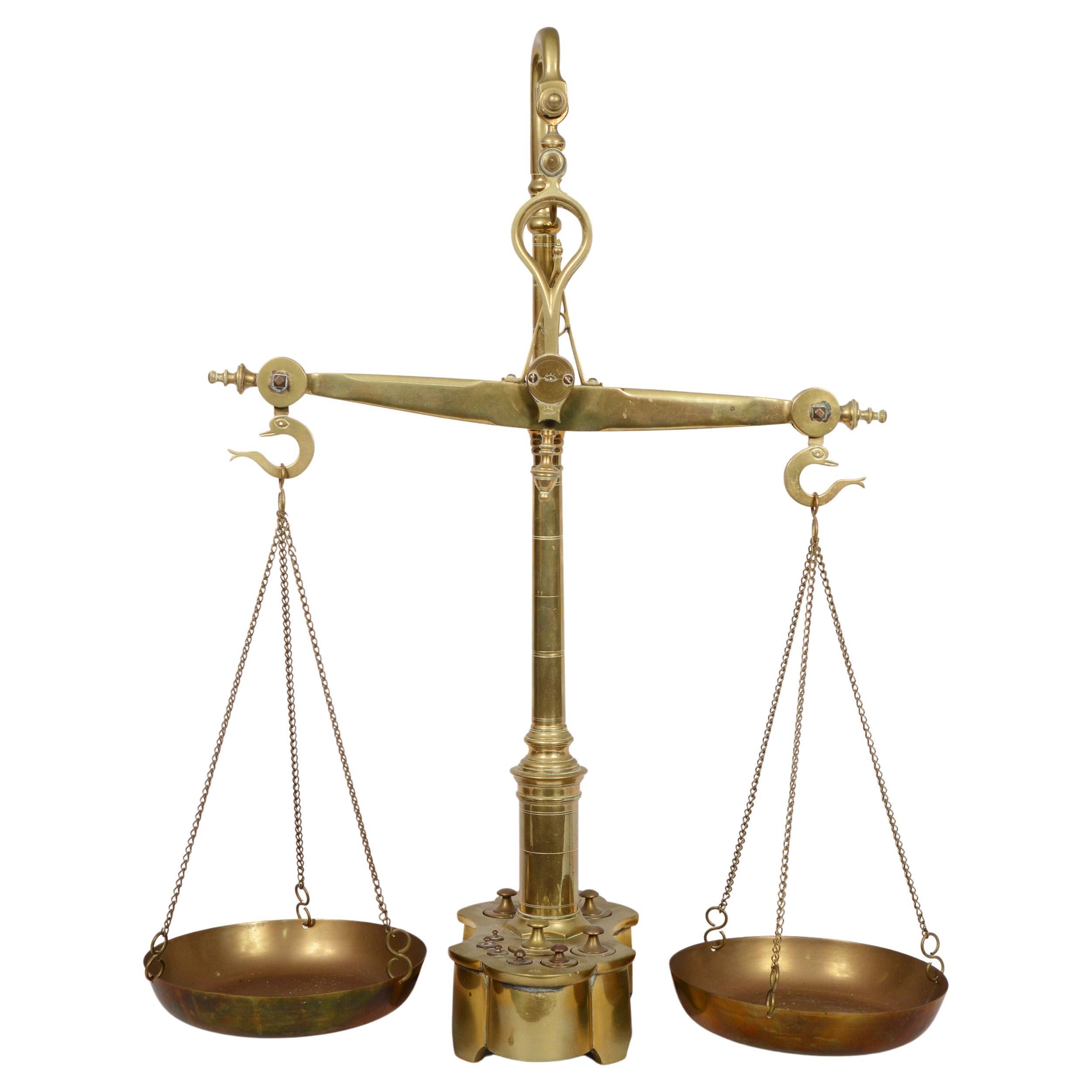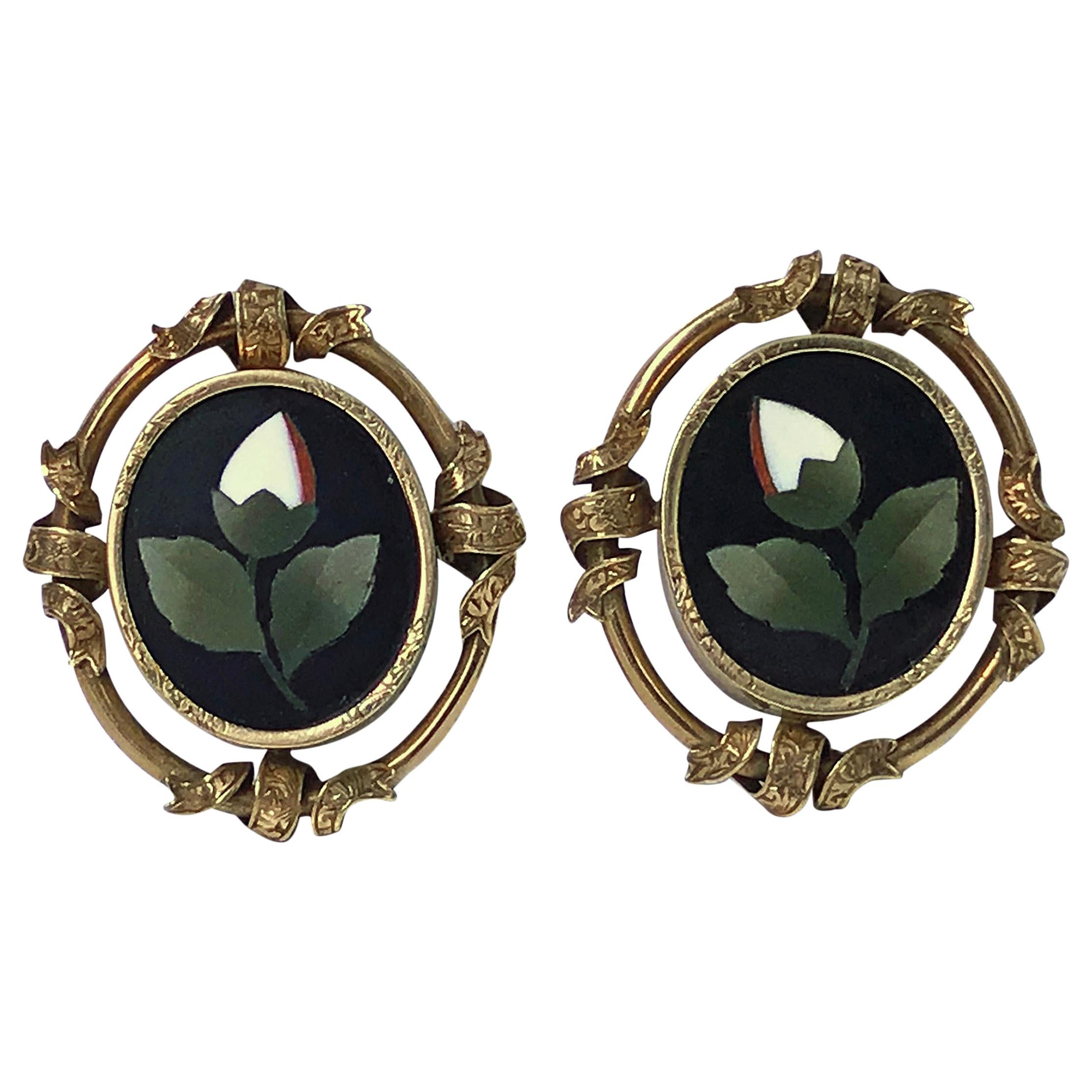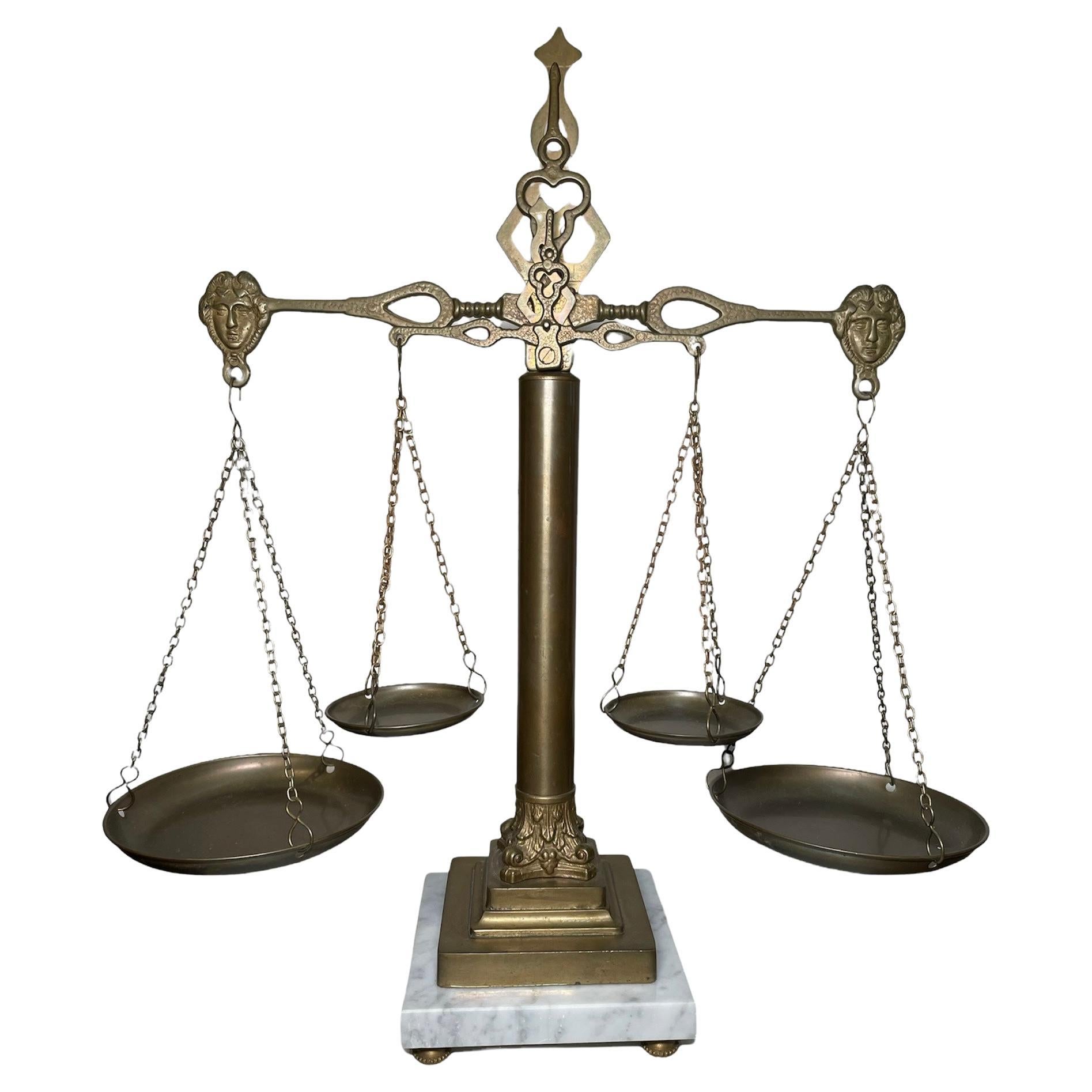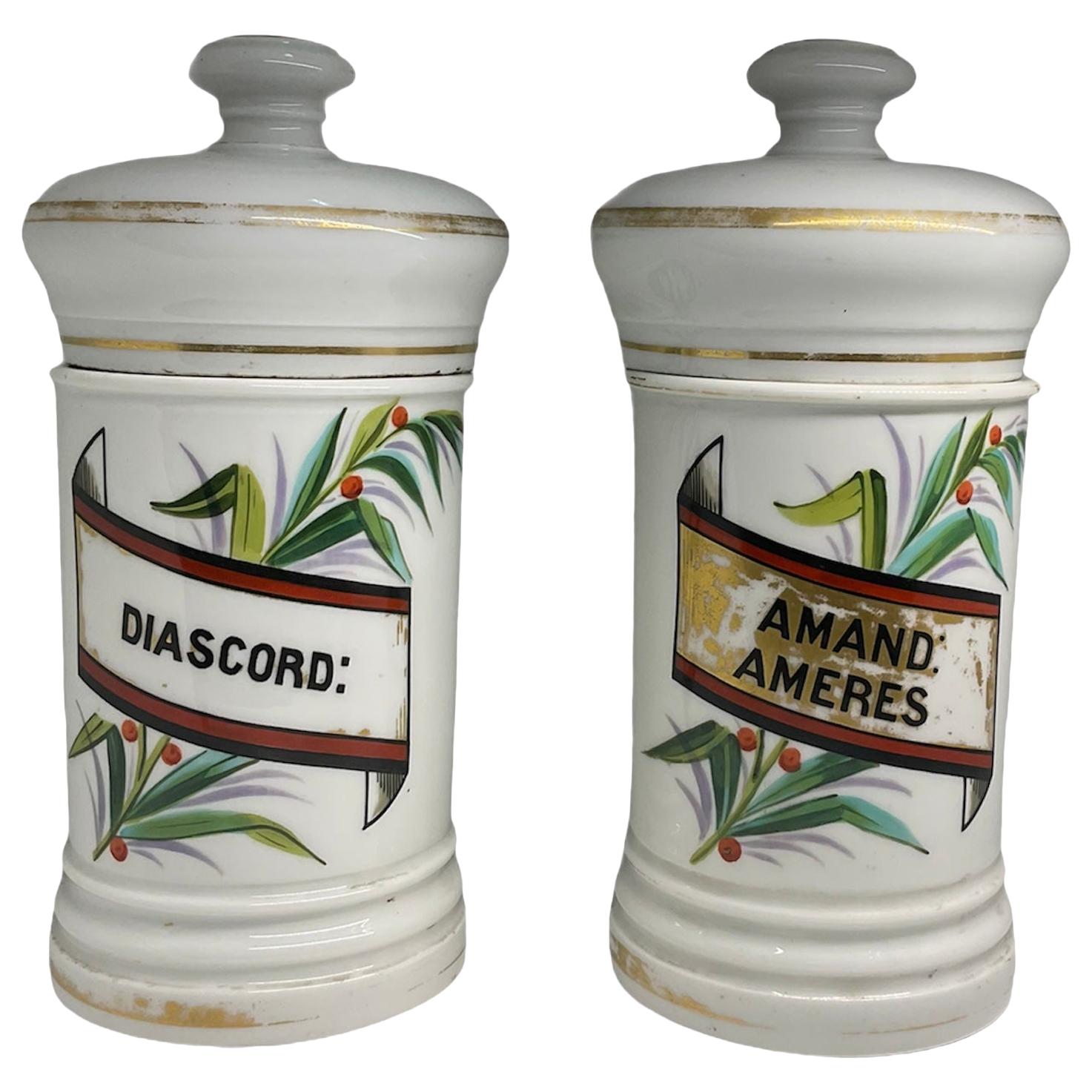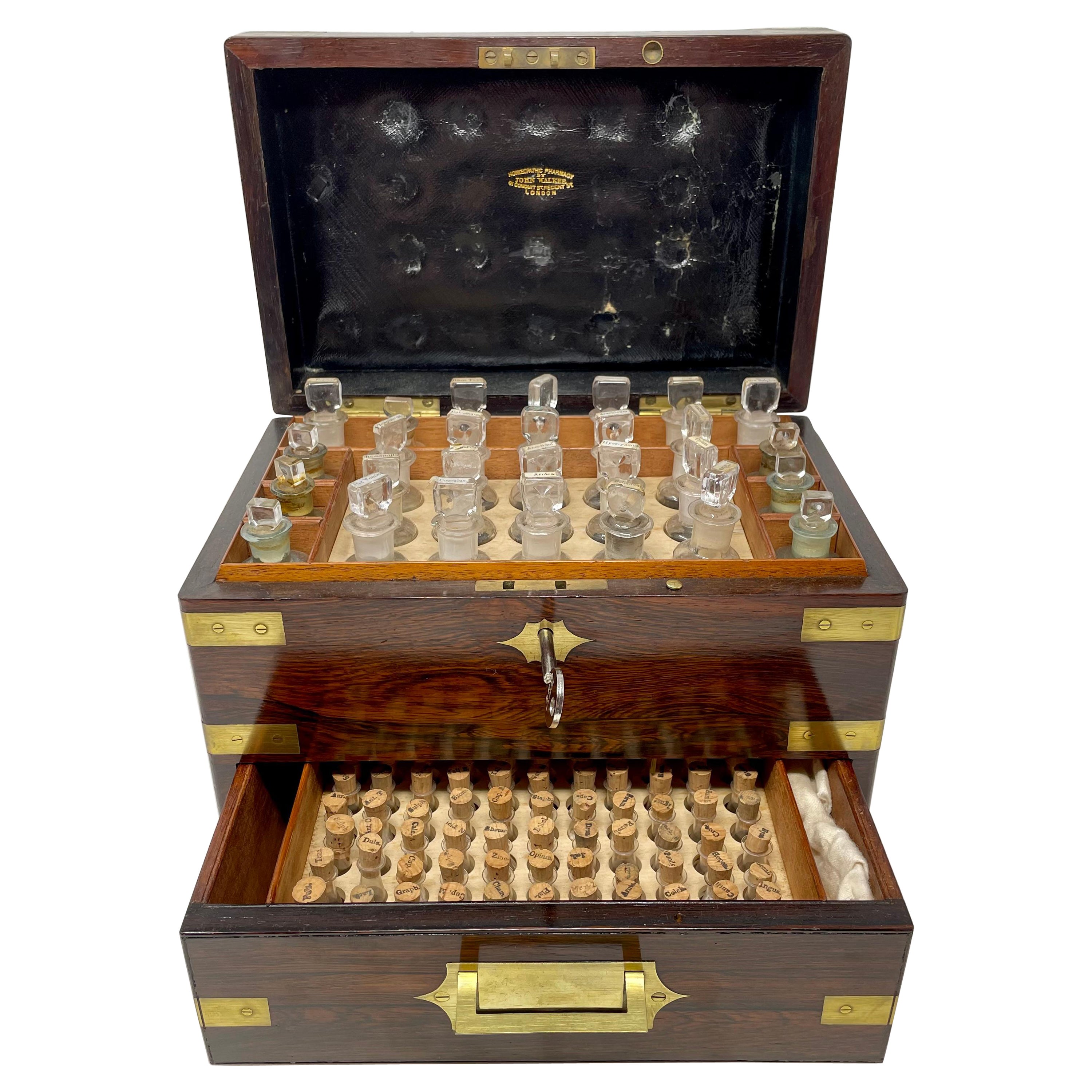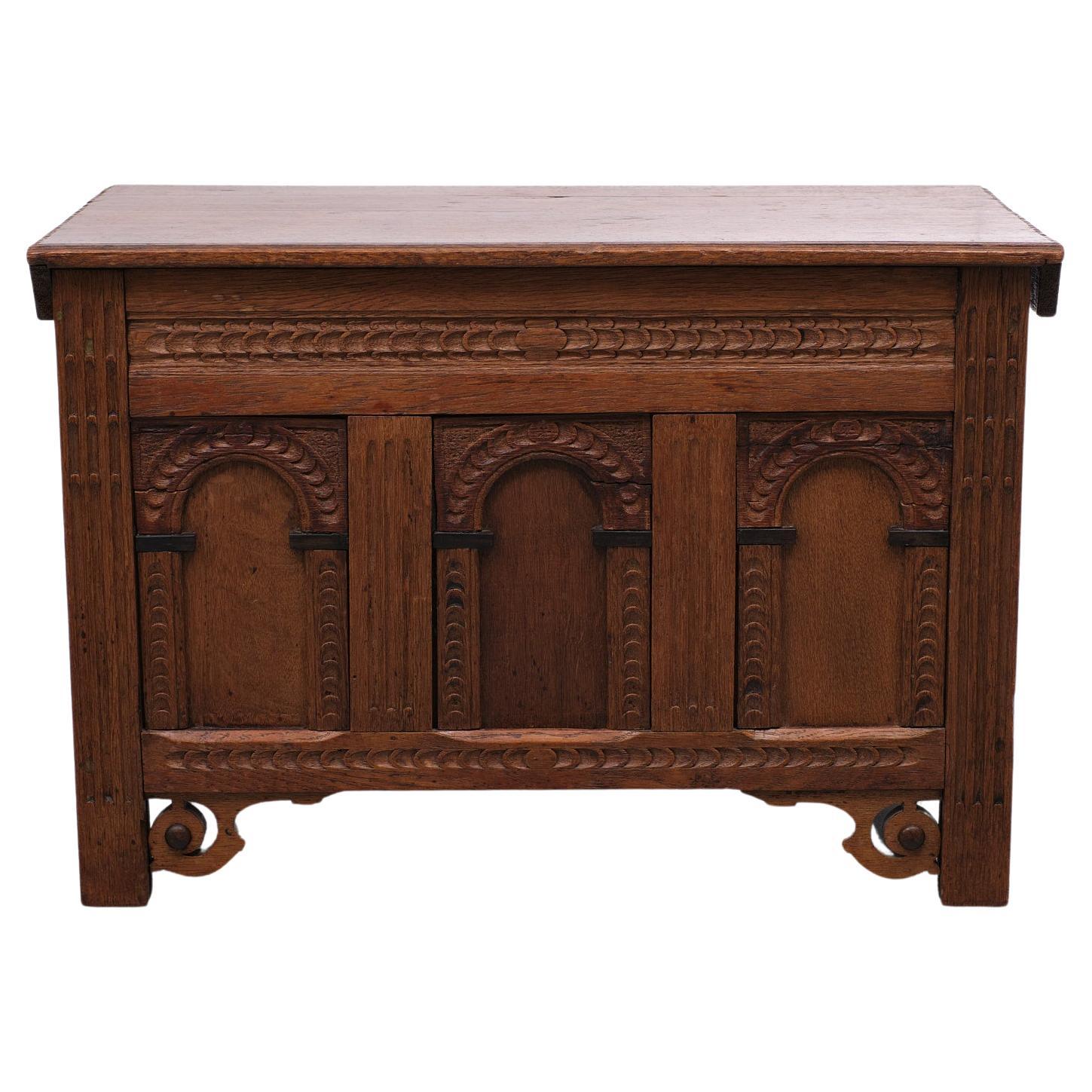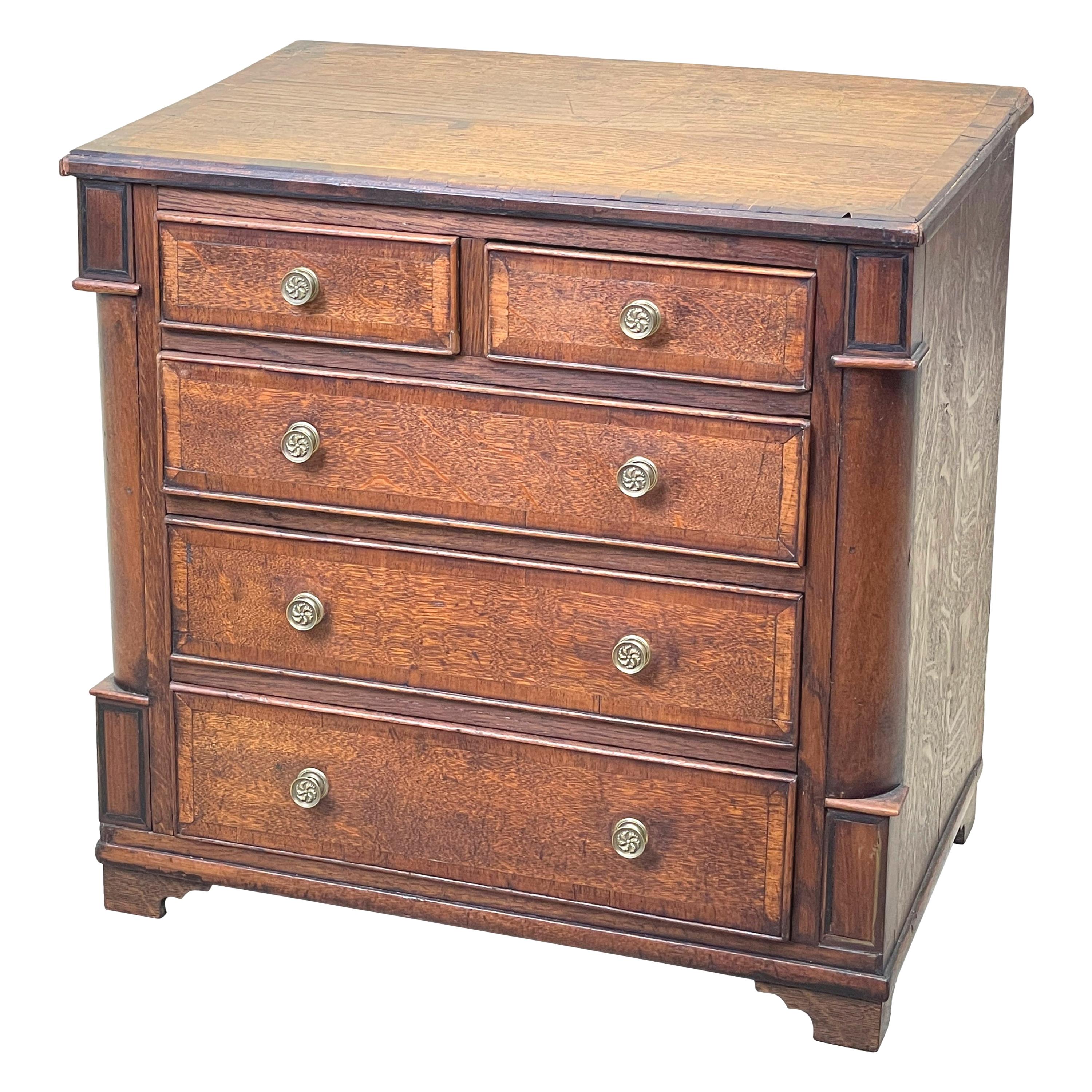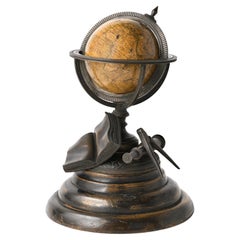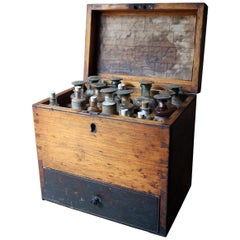
British Oak Apothecary Chest, circa 1858-1875, Formerly P.J. Dewar; Dingwall
View Similar Items
1 of 20
British Oak Apothecary Chest, circa 1858-1875, Formerly P.J. Dewar; Dingwall
About the Item
- Dimensions:Height: 9.5 in (24.13 cm)Width: 10.5 in (26.67 cm)Depth: 7 in (17.78 cm)
- Style:High Victorian (Of the Period)
- Materials and Techniques:
- Place of Origin:
- Period:
- Date of Manufacture:circa 1858-1875
- Condition:Wear consistent with age and use. Minor losses. Minor fading. Please see description for full condition report and photographs for visual reference.
- Seller Location:Bedford, GB
- Reference Number:Seller: 18341stDibs: LU1944311725021
You May Also Like
- Antique Pietra Dura Brooch Pin, Italy, circa 1875Located in Toronto, OntarioGold Pietra Dura brooch pin, Italy, circa 1875. The elongated shape, fine Pietra Dura floral white and green flower inlay colors, the surround gold ...Category
Antique 19th Century Collectible Jewelry
MaterialsGold
$920 Sale Price20% Off - Miniature Terrestrial Globe Newton & Son London, Post 1833, Ante 1858By Newton and SonLocated in Milano, ITMiniature Terrestrial Globe Newton & Son London, post 1833, ante 1858 Paper, papier-mâché, bronze and wood It measures: sphere diameter 2.95 in (7.6 cm); diameter of the wooden base 6.02 in (15.3 cm); height 8.36 in (21.24 cm). Weight: 2,067 lb. State of conservation: the globe still bears its original paint, but has various small gaps, abrasions and stains on the surface. The globe is hinged with two pins at the meridian circle, which is in turn inserted perpendicular to the horizon circle; this is supported by four semi-arches connected at the bottom by a small goblet-shaped foot, resting on a wooden bell-shaped base. Apart from the wooden base, the entire support structure is made of bronze; on the foot there are the scale reproductions of a compass, a telescope and an open book. The sphere is made of papier-mâché and is covered with twelve printed paper gores. In the North Pacific Ocean the globe bears a cartouche with the inscription (about 30% of the writing is illegible, but the missing parts can be easily integrated based on the rest): NEWTON’S New & Improved TERRESTRIAL Globe Published by Newton & Son 66 Chancery Lane LONDON On the globe, much of central Africa is empty and the great lakes Tanganyika and Victoria are not marked (Europeans would begin to explore the area after 1858). Canada is called "British Territory" and Alaska "Russian Territory" (it would become part of the United States in 1867). Australia already bears its modern name (until 1829 it had been called New Holland) and its coasts are completely designed; Tasmania is listed as an island (Matthew Flinders circumnavigated it in 1798). The routes of Cook's various voyages are plotted; both the route followed by Biscoe in 1831 and the "Land of Enderby" which he discovered on the coast of Antarctica, south of Africa, are marked. Bibliography P. Van der Krogt, Old Globes...Category
Antique 1840s English Early Victorian Maps
MaterialsBronze
- 19th Century Bronze Apothecary Mortar & Pestle, Circa 1800Located in Ottawa, OntarioThe cup shaped cast body decorated with incised ring-turned detail, rising from a waisted & stepped circular foot, together with its original pestle. Combined weight, 3.75 lbs.Category
Antique Early 19th Century Italian Grand Tour Scientific Instruments
MaterialsBronze
- Maco Braga Brass Apothecary Balance ScaleLocated in San Mateo, CABrass apothecary style balance scale. This is marked J.A.L Portugal in numerous places. The scale retains all of it's original weights. The scale trays do not sit level without anyth...Category
Antique Late 19th Century Portuguese Victorian Scientific Instruments
MaterialsBrass
- Italian Patinated Brass and Marble Architectural Model Inkwell, circa 1875Located in Atlanta, GACast in great detail in bronze in the neo-Gothic style, the top lifting to reveal three round openings, lacking glass inkwells, resting on a marble plinth base, raised on cast bronze...Category
Antique 1870s French Gothic Revival Inkwells
MaterialsMarble, Bronze
- Pair of Antique 14-Karat Pietra Dura Earrings, circa 1875Located in Toronto, OntarioPair of antique 14-karat Pietra Dura earrings, circa 1875. Each of oval form, bezel set oval Pietra Dura floral white, green orange inlay colours,...Category
Antique 19th Century Collectible Jewelry
MaterialsGold
$1,400 Sale Price20% Off
